Cristóvão Cruz
Flashlight CNN Image Denoising
Mar 02, 2020
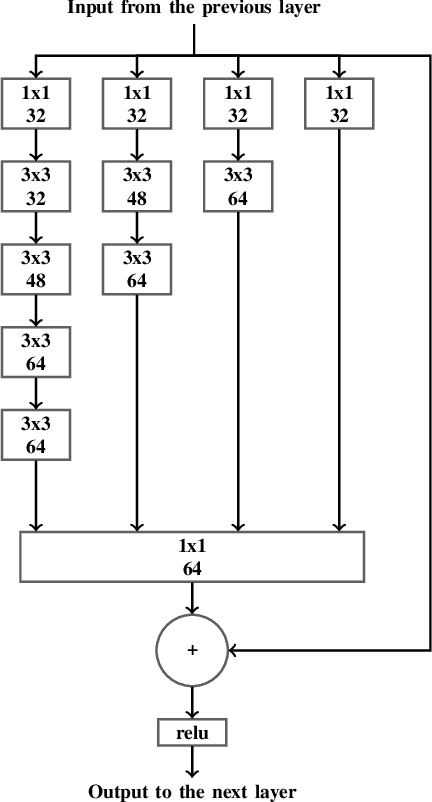

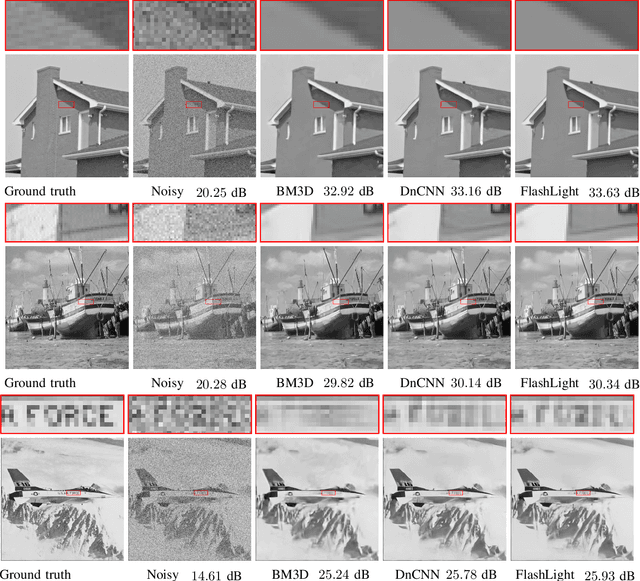
Abstract:This paper proposes a learning-based denoising method called FlashLight CNN (FLCNN) that implements a deep neural network for image denoising. The proposed approach is based on deep residual networks and inception networks and it is able to leverage many more parameters than residual networks alone for denoising grayscale images corrupted by additive white Gaussian noise (AWGN). FlashLight CNN demonstrates state of the art performance when compared quantitatively and visually with the current state of the art image denoising methods.
Nonlocality-Reinforced Convolutional Neural Networks for Image Denoising
Jun 21, 2018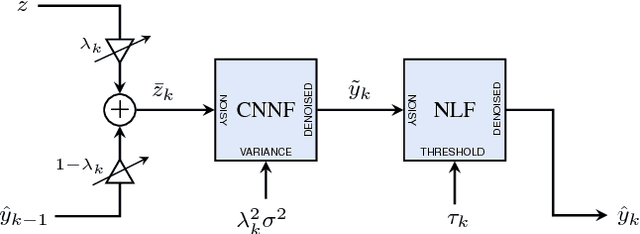


Abstract:We introduce a paradigm for nonlocal sparsity reinforced deep convolutional neural network denoising. It is a combination of a local multiscale denoising by a convolutional neural network (CNN) based denoiser and a nonlocal denoising based on a nonlocal filter (NLF) exploiting the mutual similarities between groups of patches. CNN models are leveraged with noise levels that progressively decrease at every iteration of our framework, while their output is regularized by a nonlocal prior implicit within the NLF. Unlike complicated neural networks that embed the nonlocality prior within the layers of the network, our framework is modular, it uses standard pre-trained CNNs together with standard nonlocal filters. An instance of the proposed framework, called NN3D, is evaluated over large grayscale image datasets showing state-of-the-art performance.
Single Image Super-Resolution based on Wiener Filter in Similarity Domain
Nov 29, 2017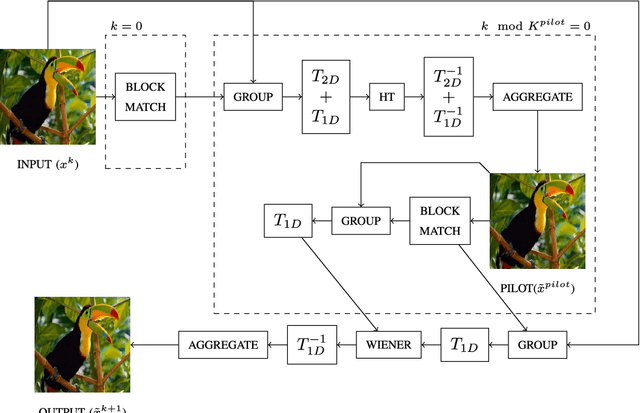
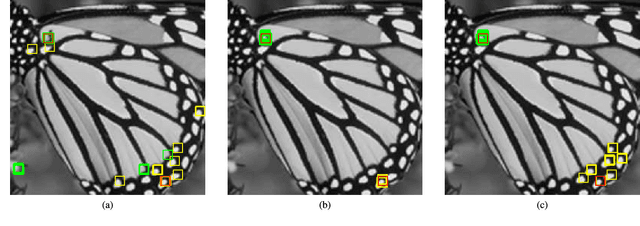
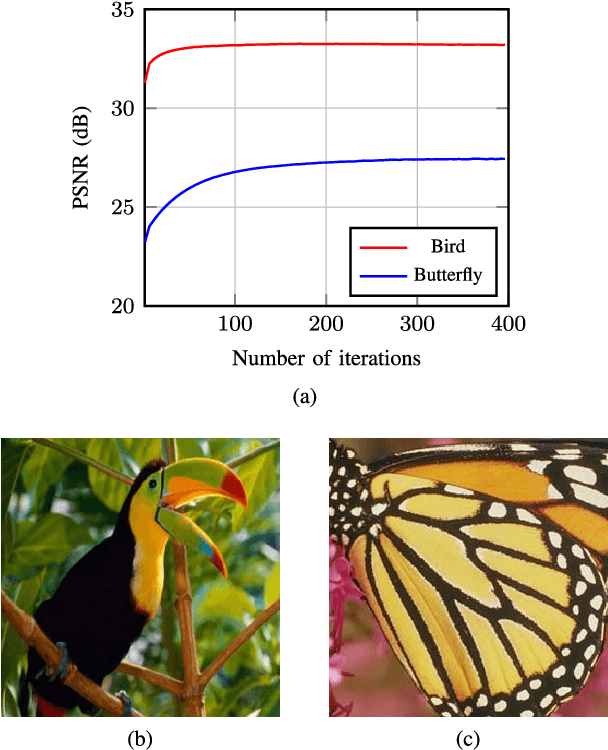

Abstract:Single image super resolution (SISR) is an ill-posed problem aiming at estimating a plausible high resolution (HR) image from a single low resolution (LR) image. Current state-of-the-art SISR methods are patch-based. They use either external data or internal self-similarity to learn a prior for a HR image. External data based methods utilize large number of patches from the training data, while self-similarity based approaches leverage one or more similar patches from the input image. In this paper we propose a self-similarity based approach that is able to use large groups of similar patches extracted from the input image to solve the SISR problem. We introduce a novel prior leading to collaborative filtering of patch groups in 1D similarity domain and couple it with an iterative back-projection framework. The performance of the proposed algorithm is evaluated on a number of SISR benchmark datasets. Without using any external data, the proposed approach outperforms the current non-CNN based methods on the tested datasets for various scaling factors. On certain datasets, the gain is over 1 dB, when compared to the recent method A+. For high sampling rate (x4) the proposed method performs similarly to very recent state-of-the-art deep convolutional network based approaches.
 Add to Chrome
Add to Chrome Add to Firefox
Add to Firefox Add to Edge
Add to Edge